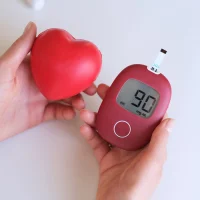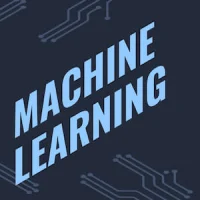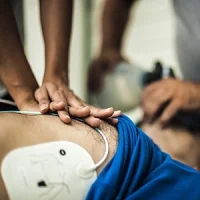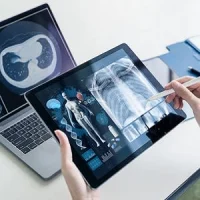Nearly 600,000 people in the US and Europe combined sustain an out-of-hospital cardiac arrest (OHCA) annually. OHCA is a life-threatening condition, and in order to improve survival rates, it is imperative that it is recognised rapidly by medical dispatchers. Accurate recognition of OHCA either by a bystander or a dispatcher is essential for initiation of cardiopulmonary resuscitation (CPR).
Despite the fact that improving early recognition is a goal for both the American Heart Association and the Global Resuscitation Alliance, statistics show that nearly 25% of out-of-hospital cardiac arrest cases are not identified by emergency medical dispatchers. This results in the loss of opportunity to provide the emergency caller instructions in cardiopulmonary resuscitation.
Machine learning frameworks are now being used quite often in non-emergency conditions. However, to date, these technologies have not been used to support clinical decision making in an acute medical context. Keeping in mind the low recognition rates for OHCA, there is a possibility that machine learning could be used to improve OHCA recognition and in future, other critical incidents such as stroke, acute myocardial infarction and/or sepsis.
A study was conducted to examine whether a machine learning framework could recognise out-of-hospital cardiac arrest from audio files of calls to emergency dispatch centres. The study had three primary goals: to test if a unique machine learning framework could improve the OHCA recognition rate compared with trained dispatchers; to examine if the framework could recognise OHCA faster than the medically trained dispatchers; and to identify caller or patient subgroups that are more prone to bias from medical dispatchers or machine learning framework.
Researchers retrieved 108,607 emergency calls responded by the Emergency Medical Dispatch Center Copenhagen. Out of this, 918 calls were out-of-hospital cardiac arrest calls. They then developed a machine learning framework that was trained to recognise cardiac arrest from the recorded calls. The framework was evaluated on the basis of its ability to recognise out-of-hospital cardiac arrest and the framework's specificity, sensitivity, and positive predictive value was calculated. The performance of the machine learning framework was then compared to the actual recognition and time-to-recognition of cardiac arrest by medical dispatchers.
Results of the study show that the machine learning framework had a significantly higher sensitivity (72.5% vs. 84.1%), with lower specificity (98.8% vs. 97.3%) and lower positive predictive value than dispatchers (20.9% vs. 33%). Also, the time-to-recognition was significantly shorter for the machine learning framework as compared to the dispatchers.
Overall, these findings suggest that a machine learning framework performed much better than emergency medical dispatchers for identifying out-of-hospital cardiac arrest in emergency phone calls. Hence, machine learning could play an important role as a decision support tool for emergency medical dispatchers.
Source: Resuscitation
Image Credit: iStock
References:
Blomberg, SN et al. (2019) Machine learning as a supportive tool to recognize cardiac arrest in emergency calls. Resuscitation, 138:322-329
Latest Articles
cardiac arrest, machine learning, out-of-hospital cardiac arrest, emergency calls
According to new findings, a machine learning framework performed better than emergency medical dispatchers for identifying out-of-hospital cardiac arrest in emergency phone calls.










